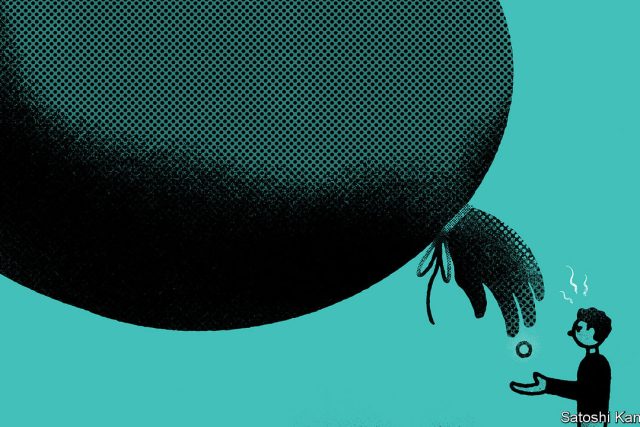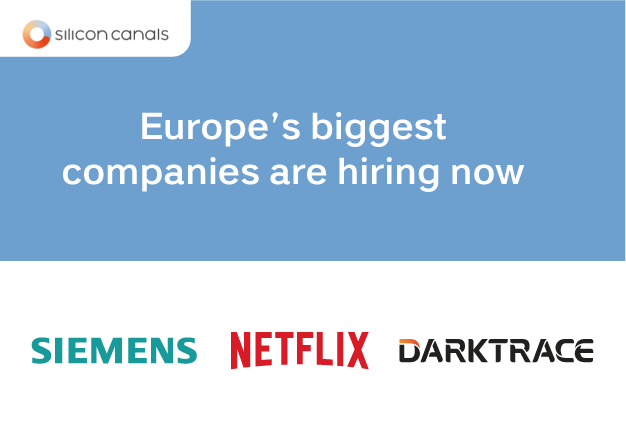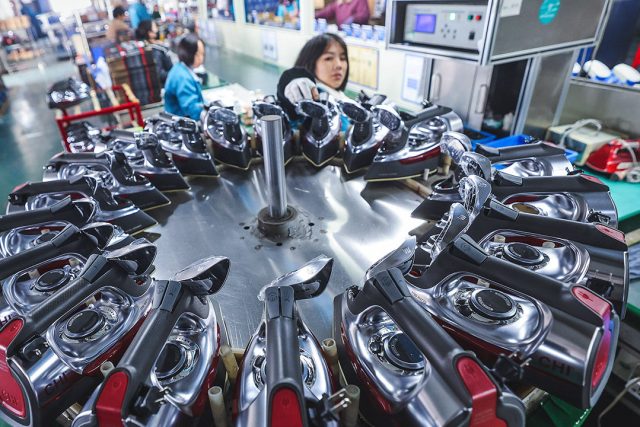How much money are your private-equity investments making? The question is easy to answer for other asset classes, such as bonds or publicly traded stocks. All that is required is the price paid at purchase, the price now and the time that has elapsed between the two. It is less obvious how returns for private-equity investments should be calculated. Capital is earmarked for such investments, but it is only “called” once the investment firm has found a project. There is little information about value once invested. Cash is returned in lump sums at irregular intervals.
An alphabet soup of measures are supplied to investors, which are known as “limited partners”. There is irr (the internal rate of return, calculated from returns to a specific project), mom (the estimated value of a fund, as a “multiple of money” paid in) and a dozen more besides. All have flaws. Some rely on private valuations of assets, which might be flattering; others do not take into account the cost of capital. But nitpicking seems pedantic so long as one measure stays high: cash distributions measured as a share of paid-in capital, known as “dpi”. This concerns the money that private-equity firms wire to the pension funds and university endowments that invest in them each year, as a share of the cash those investors have paid in. Unlike irr or mom it is hard to game and takes into account the meaty fees charged for access to funds.
Over the past quarter of a century, private-equity firms have churned out distributions worth around 25% of fund values each year. But according to Raymond James, an investment bank, distributions in 2022 plunged to just 14.6%. They fell even further in 2023 to just 11.2%, their lowest since 2009. Investors are growing impatient. It is now possible to buy jumpers and t-shirts emblazoned with the slogan “dpi is the new irr” on Amazon, an online retailer. According to Bloomberg, a news service, an investor recently showed up to a private-equity firm’s annual meeting wearing one.
It is understandable that dpi has fallen. As interest rates climbed, equity valuations dropped. Private-equity managers get to choose when to sell their portfolio companies. Why would they sell in a down market? Possible paths for them to exit investments, such as taking a firm public or selling it to another company, have been all but shut off. In the years following the dotcom bubble, which popped in 2000, and the global financial crisis of 2007-09, distributions from private investments dropped similarly.
Still, this slump might prove more damaging than previous ones, for a couple of reasons. First, allocations to private equity have risen. Pension funds rely on income streams—dividends from companies that they own, coupon payments from bonds and, now, distributions from private equity—to make payments to retirees. A decade or two ago, a lean year from private equity might not have mattered much. Now things are different.
Second, previous lean periods coincided with there being few other investment opportunities for pension funds and university endowments, and plentiful ones for private-equity managers. Some of the best returns private equity has posted have come after crises or the popping of bubbles, when managers could pick up firms for a song. But the past two years have offered few such opportunities. With interest rates high, arranging financing has been difficult; although valuations fell, they did not plummet. The result is that firms are sitting on a record $2.6trn-worth of “dry powder”—capital committed by investors, but not yet invested. At the same time, pension funds are itching to buy more bonds, owing to the high yields that are now on offer.
How might this situation resolve itself? Stockmarkets are reaching all-time highs, and valuations in private markets tend to follow those in public ones. The initial-public-offering pipeline is filling up nicely. Exits are becoming possible. If all this carries on, distributions might well begin to flow. Yet this is just one future scenario. Much of the market’s recent strength reflects the success of the biggest technology firms, which have been pumped up by excitement about what artificial intelligence will do to profits. And private-equity funds tend to own health-care and home-maintenance firms, rather than software ones. Moreover, American inflation looks worryingly stubborn, auguring higher rates. Investors in private equity will only be able to relax when they have their cash in hand once again. ■
Read more from Buttonwood, our columnist on financial markets:
How investors get risk wrong (Mar 7th)
Uranium prices are soaring. Investors should be careful (Feb 28th)
Should you put all your savings into stocks? (Feb 19th)
Also: How the Buttonwood column got its name




The Most Read
Сryptocurrencies
Bitcoin and Altcoins Trading Near Make-or-Break Levels
Financial crimes
Thieves targeted crypto execs and threatened their families in wide-ranging scheme
Financial crimes
Visa Warning: Hackers Ramp Up Card Stealing Attacks At Gas Stations
News
Capitalism is having an identity crisis – but it is still the best system
Uncategorized
The 73-year-old Vietnamese refugee is responsible for bringing Sriracha to American consumers
Uncategorized
Electric Truckmaker Rivian, Backed By Amazon, Ford, Raises Whopping $1.3 Billion